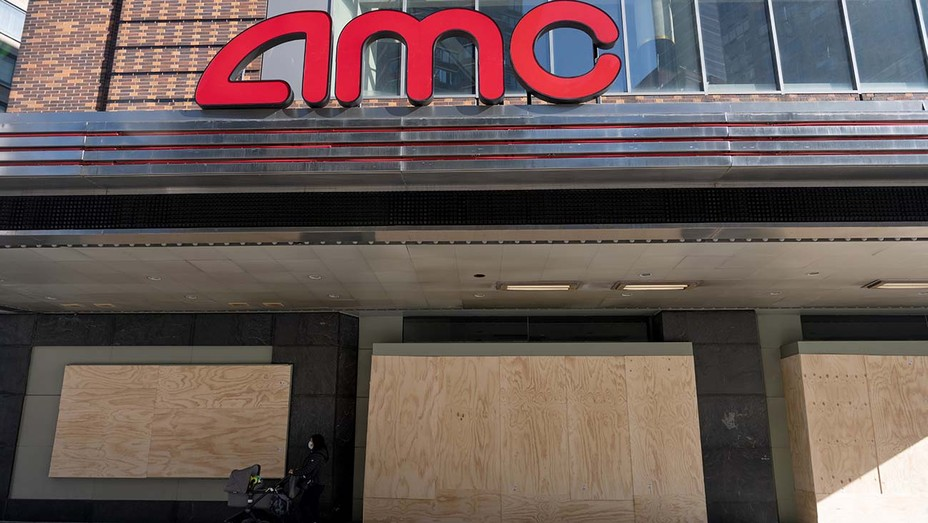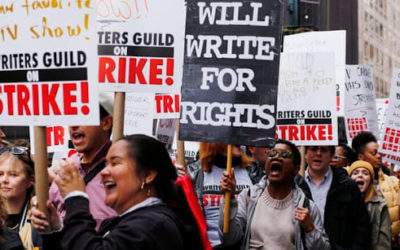As the city with the nation’s largest population, New York City has become a prominent sign of where the nation as a whole currently is in the midst of a global pandemic. Since the Coronavirus first broke out in the city, as well as the rest of the United, the state and city governments have had to resort to extreme measures in order to combat the spread of the disease. Though some have argued that such measures have been too extreme, others have claimed otherwise, especially considering that earlier last year, New York City had one of the highest case rates per capita. In any case, local governments, led by New York governor Andrew Cuomo and New York City mayor Bill de Blasio, have been adamant about keeping businesses closed until they can safely return to operation, despite those who have demanded to reopen sooner.
Among those who have been most critical of the government’s mandates is the movie theater industry, receiving a significant portion of its overall box office sales from the city alone. Of the major chains to protest their closure, Cineworld, owner of Regal Theaters, may be the most notable, citing New York’s policies and the multiple push-backs of many major film releases in its decision to keep all of its locations in the entire nation closed until further notice. Other chains like AMC and Cinemark, though not going as far as Cineworld in closing its theaters, have expressed similar dissatisfaction and remained adamant about being allowed to reopen in New York as soon as possible.
Fortunately for theaters, that time may not be too far away. On February 22nd, Andrew Cuomo announced that movie theaters in New York City will be allowed to reopen starting March 5th, almost a year after being forced to close down in the first place. There will still be certain conditions that theaters will have to maintain, however, particularly those involving maximum auditorium capacity. As mandated by Cuomo, theaters may only operate with 25% maximum capacity for the time being; only when case numbers become low enough will theaters be able to reduce the limit and allow more people in theaters at a given time.
Despite these restrictions, theater chains have reacted to Cuomo’s announcement with mostly enthusiasm, eager to begin reopening in one of the nation’s largest markets. A statement released by the National Association of Theater Owners (NATO) cited most theaters’ commitment to reducing further spread of the Coronavirus, claiming that they will do whatever is necessary to safely operate during the remainder of the pandemic. “Stringent voluntary health and safety protocols have made it possible for cinemas across the country to operate safely and responsibly at higher capacity limits for many months without a single outbreak of COVID-19 being traced to movie theaters,” NATO states. “”We look forward to expanding the capacity from 25 percent to 50 percent in the very near future so that theaters can operate profitably.”
With New York City preparing to reopen the majority of its movie theaters under the required conditions, all eyes are now turning toward Los Angeles, the only movie-going market larger than New York City, to see whenever it will allow movie theaters to commence operations once again. Compared to the 7.4% of total box office revenue theaters received in 2019 from New York City, Los Angeles theaters contributed about 9% percent of these sales, making it the biggest source of ticket sales in the United States. At the moment, less than 40% of all theaters in the United States are operating. With New York theaters reopening and the possibility of Los Angeles theaters doing the same, studios and theaters are hopeful that it’s only a matter of time before all the nation’s theaters are once again open for business.
The question of how soon Los Angeles, as well as the rest of the state of California, will allow movie theaters to reopen remains up in the air though. At the moment, the majority of the nation’s counties fall under the Purple tier of the state government’s COVID charts, which are used to determine how widespread the disease is in a given location. At this tier, only drive-in theaters are allowed to operate, and the state’s indoor theaters are forced to remain closed. Once counties are able to reach the Red tier of the chart, theaters will be permitted to reopen, albeit with the same limited capacity standards New York is placing onto its theaters. At the Red tier, theaters may allow no more than 25% maximum capacity or 50 people (whichever is less) in a given auditorium. If counties are able to progress further into the Orange, then Yellow Tiers, they may expand to 50% capacity or 100 people in a given auditorium.
The good news is at the moment, signs are looking hopeful that the pandemic is starting to die down in the state of California. The number of new cases and deaths per day has been at the lowest levels since October, before the massive surge during the holiday season, and state and local governments have been doing everything in their power to make sure that vaccine distribution reaches as many people as possible. A new stimulus package approved by the California state government and its leader, governor Gavin Newsom, should also provide relief for many of the state’s residents, with the hope of ensuring that people and businesses will be able to return to normal operation as soon as it’s safe to do so.
On the other hand, some are concerned that another surge may be on the horizon. Many have claimed that the surge of new cases and deaths during the months of November and December was the result of businesses being allowed to reopen too early, most of which were forced back into closure as a result of this increase of COVID spread. The one difference between now and then, however, is the availability of the COVID vaccine, and the California government is hopeful that this will allow businesses to reopen without having to risk another rise in cases. It’s uncertain if this will be the case, but with New York starting to reopen, anything’s possible.



